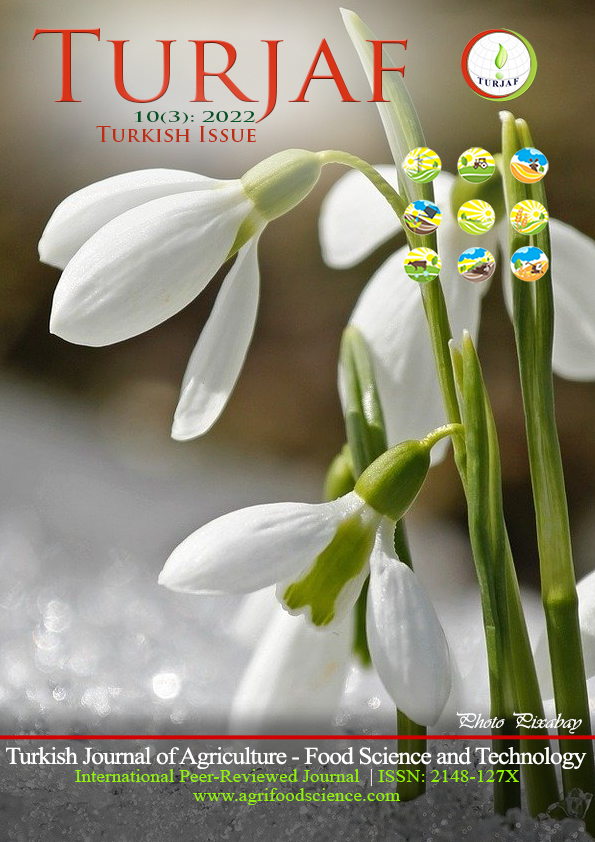Current Approaches to Nitrite Reduction Methods in Meat Products and Their Potential for Transfer to Industry
DOI:
https://doi.org/10.24925/turjaf.v10i3.475-488.4654Keywords:
Meat, Cured Meat, Nitrite, Nitrate, Contemporary MethodsAbstract
Nowadays, consumer demand for healthy and natural food is reflected in the meat industry and researches and investments on this issue have gained speed. Nitrite is a widely used synthetic additive in meat products due to its contribution to the development of characteristic color and flavor, controls lipid oxidation and has an antimicrobial effect on pathogenic microorganisms, especially Clostridium botulinum. However, the fact that nitrite causes the formation of toxic, mutagenic and carcinogenic N-nitrosamine compounds and constitutes a risk to human health has led to the searches for alternative additives. An important part of the studies on this subject consists of testing the use of natural additives as an alternative to nitrite. In recent years, instead of using nitrate and nitrite in meat products, studies have been carried out to use organic acids and microbial resources. In addition to these methods, up-to-date technology applications such as high pressure, irradiation, encapsulation, active packaging containing nitrite, zinc protoporphyrin IX compound formation and cold plasma technology constitute other research areas that we encounter in reducing the nitrite rate in meat products. Within the scope of this review, the functions of nitrite in cured meat products, current potential methods for reducing nitrite content and the limitations of transferring these methods to industry were examined.Downloads
Published
16.03.2022
How to Cite
Yıldız Turp, G., & Avcı, T. (2022). Current Approaches to Nitrite Reduction Methods in Meat Products and Their Potential for Transfer to Industry. Turkish Journal of Agriculture - Food Science and Technology, 10(3), 475–488. https://doi.org/10.24925/turjaf.v10i3.475-488.4654
Issue
Section
Review Articles
License
This work is licensed under a Creative Commons Attribution-NonCommercial 4.0 International License.

























